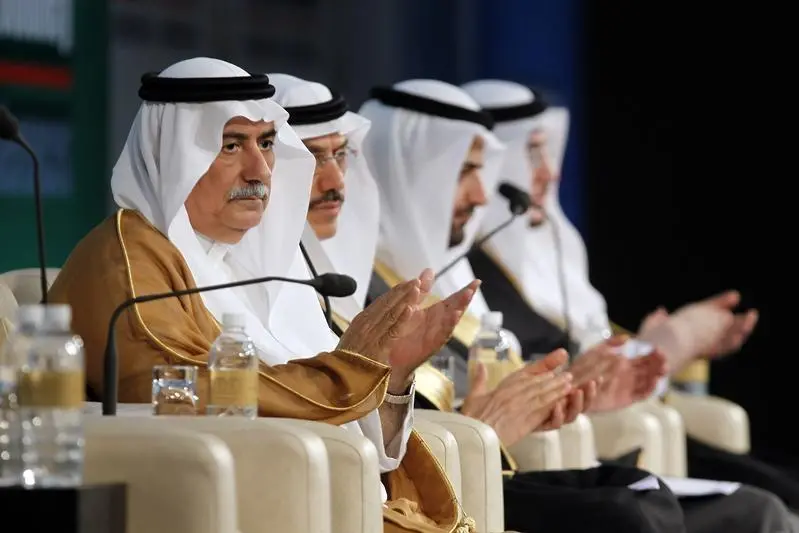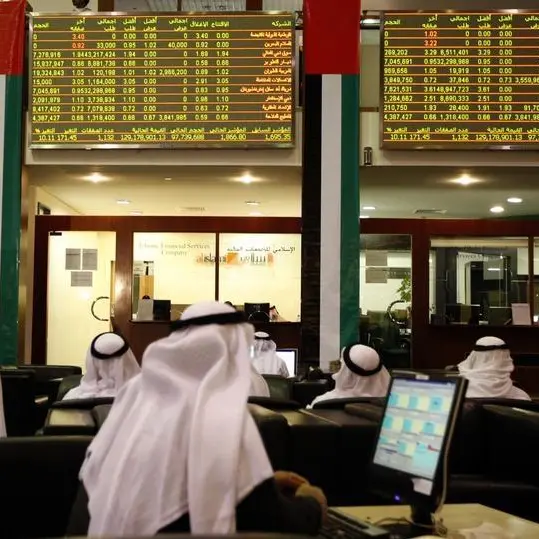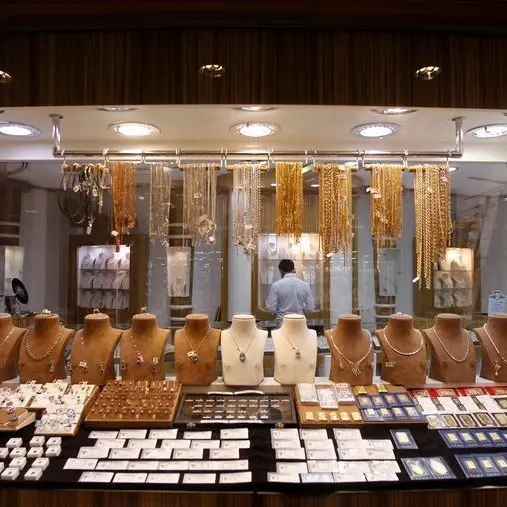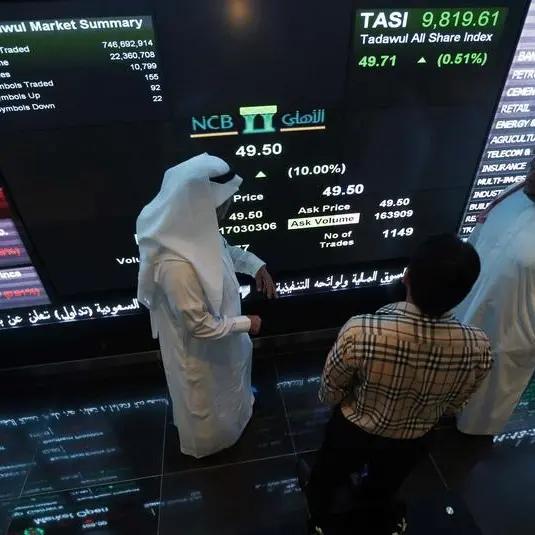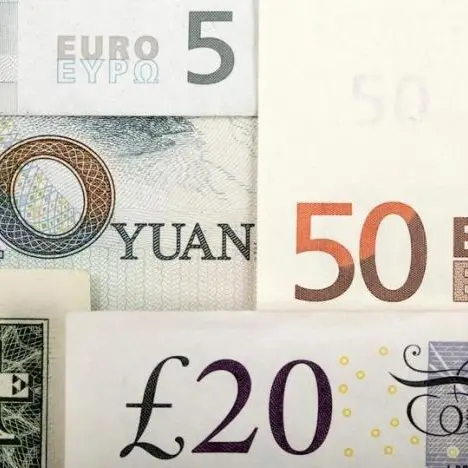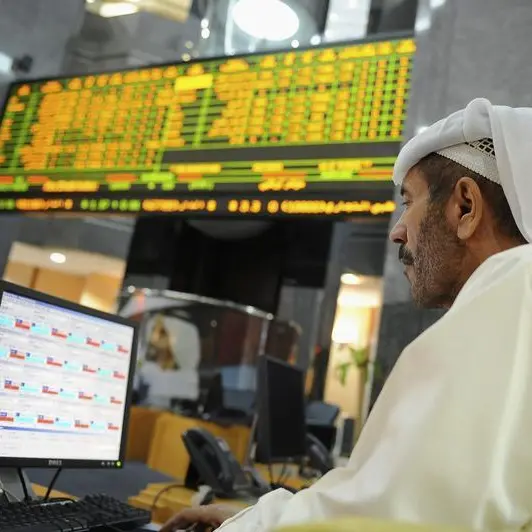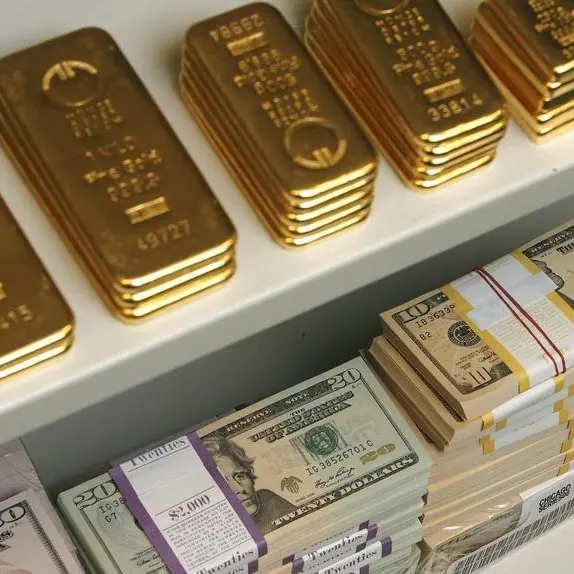PHOTO
JEDDAH: Saudi Arabia’s financial system is still liquid and can provide room to finance both the public and private sectors, but with sentiment playing a key role, Jadwa Investment said on Thursday.
Looking ahead, Saudi Arabian Monetary Authority’s (SAMA) foreign exchange reserves are estimated to reach nearly SR1.961 trillion ($523 billion), by the end of this year, implying lower net withdrawals over the remainder of 2016 as a result of the international bond issuance, Jadwa said.
It said that SAMA’s decision to raise the reverse repurchase rate to 0.75 percent, following the US Federal Reserve’s interest rate hike, will not have a significant impact on domestic liquidity.
Jadwa’s forecast is based on SAMA’s recent precautionary measures to secure the Saudi economy, such as introducing new 90-day repos and capping the weekly issuance of SAMA bills to SR3 billion.
“We expect SAMA’s key policy repo rate to be raised by 0.5 percentage points in 2017, mirroring the anticipated federal funds rate hike,” the Jadwa economists said, adding that this policy move is not expected to have a material impact on liquidity levels, deposit growth, or movements in market rates, however.
The Saudi government is also seen to continue issuing sovereign bonds to domestic banks and other public institutions in 2017, the report said.
Total public debt is expected to hit SR338 billion (14.3 percent of GDP) by the end of 2016, 70 percent of which will be domestic debt.
Jadwa forecasts total public debt to rise to SR474 billion (18.3 percent of GDP) in 2017, with more international bond issuances likely to finance a narrower deficit.
Saudi Arabia’s record sovereign bond issuance this year will have a positive and instant impact on domestic liquidity, leaving more room for the Kingdom’s banks to continue operating.
“In the unlikely event of further pressure on liquidity, we expect SAMA to allow other types of investors to participate in bond purchases, such as investment companies, insurance firms, and family offices,” Jadwa said.
The economists said that monetary indicators have shown signs of a rebound in October following a slowdown over the previous nine months.
This performance is reflected by the positive annual growth in the broad measure of money (M3), which reached 0.7 percent in October.
“We view this as a direct result of the recommencement of government payments to contractors, and see a likely continuation of this recovery in the final month of 2016,” said the Jadwa economists.
© Arab News 2016
